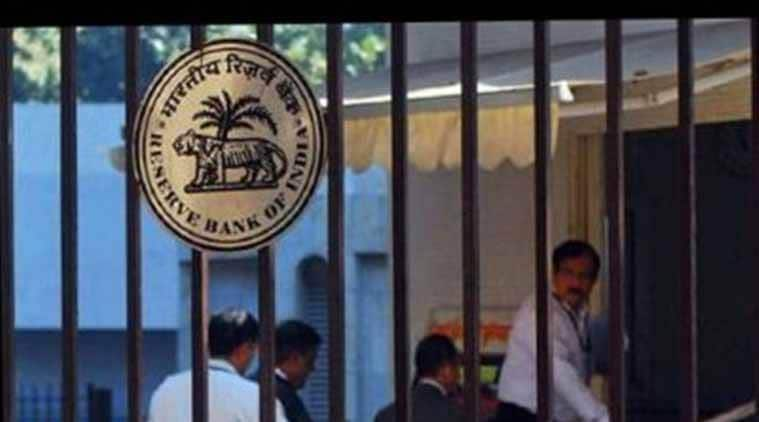The spread between the one-month rupee non-deliverable forwards (NDFs) and the one-month rupee onshore forwards came down significantly on Wednesday even as world equity markets and crude prices bounced back after a steep plunge early this week, subsiding the insatiable demand for dollars in the overseas market.
Experts indicated that unwinding of long dollar/rupee positions overseas as well as a possible intervention of the Reserve Bank of India (RBI) in the rupee non-deliverable forwards (NDFs) market seem to have contributed to the sharp fall in the spread between both the forwards. The difference between the one-month rupee NDF and the one-month rupee onshore forwards was as high as 88 paise last week. On Wednesday, it came down to as low as 40.
Sources told FE that there was a high likelihood that RBI could have intervened in the rupee NDF market somewhere in the last few days with the central bank likely having sold dollars through an international institution, which has other major central banks as its stakeholders. Such an intervention is rare but not unprecedented. In 2013, when the domestic currency market was roiled due to the then-famous taper tantrum, RBI is believed to have made such an intervention, according to experts who did not want to be named.
FE could not independently verify the same. An email sent to RBI remained unanswered till the time of going to press while an RBI spokesperson refused to comment on the matter. NDF markets enable trading of the non-convertible currency, like a rupee, outside the influence of the domestic authorities. For instance, trading in rupee NDF takes place in Singapore, Hong Kong, Dubai, London and New York markets. These contracts are settled in a convertible currency, usually dollars.
Independent market expert Gopikrishnan MS said the view on the rupee has changed slightly after the panic in the financial markets subsided in the last two days. “Some profit-booking is being seen in the offshore market on the long dollar/rupee positions that were recently built with the onset of the risk-off sentiment. Whenever the spread between offshore and the onshore rupee forwards is too high, it signifies that there is higher demand for dollars in the overseas market versus the demand in the onshore market and this demand will not get satisfied if dollars are supplied only onshore,” he said.
In the recent rout of the rupee, the domestic currency had fallen to as low as 74.185 on intra-day basis. The one-month rupee NDF was trading close to 74.55 as on Wednesday, compared with the lows of 75.20 on Monday.
Professor-finance at SPJIMR Ananth Narayan pointed out that prior to the recent rout, there were a lot of existing long rupee carry positions, especially in the overseas market, even as foreign funds tried to gain on the carry using the interest rate differential. “Once you had a global risk-off, there was a scramble for covering up these positions following which the demand for dollars went up significantly especially in the overseas market and that is what was reflecting in the high premiums in the NDF market,” he said.
Rupee recovers 49 paise as crude, dollar weaken further
The rupee recovered 49 paise to settle at 73.68 against the dollar on Wednesday amid positive domestic equities and weakening of the American dollar in the overseas market. The rupee on March 9 had plunged to a 17-month low of 74.17 against the dollar amid mounting fears of a coronavirus-led economic slowdown.
At the interbank foreign exchange market, the rupee opened higher at 73.88 gained further ground to touch a high of 73.55 in day trade. The local unit finally settled at 73.68 against the dollar, registering a rise of 49 paise over its previous close.
The forex market was closed on Tuesday on account of Holi. Forex traders said rupee traded higher on back of emergency rate cut by the Bank of England while hopes of US stimulus led to a recovery in global equities. —With PTI inputs

